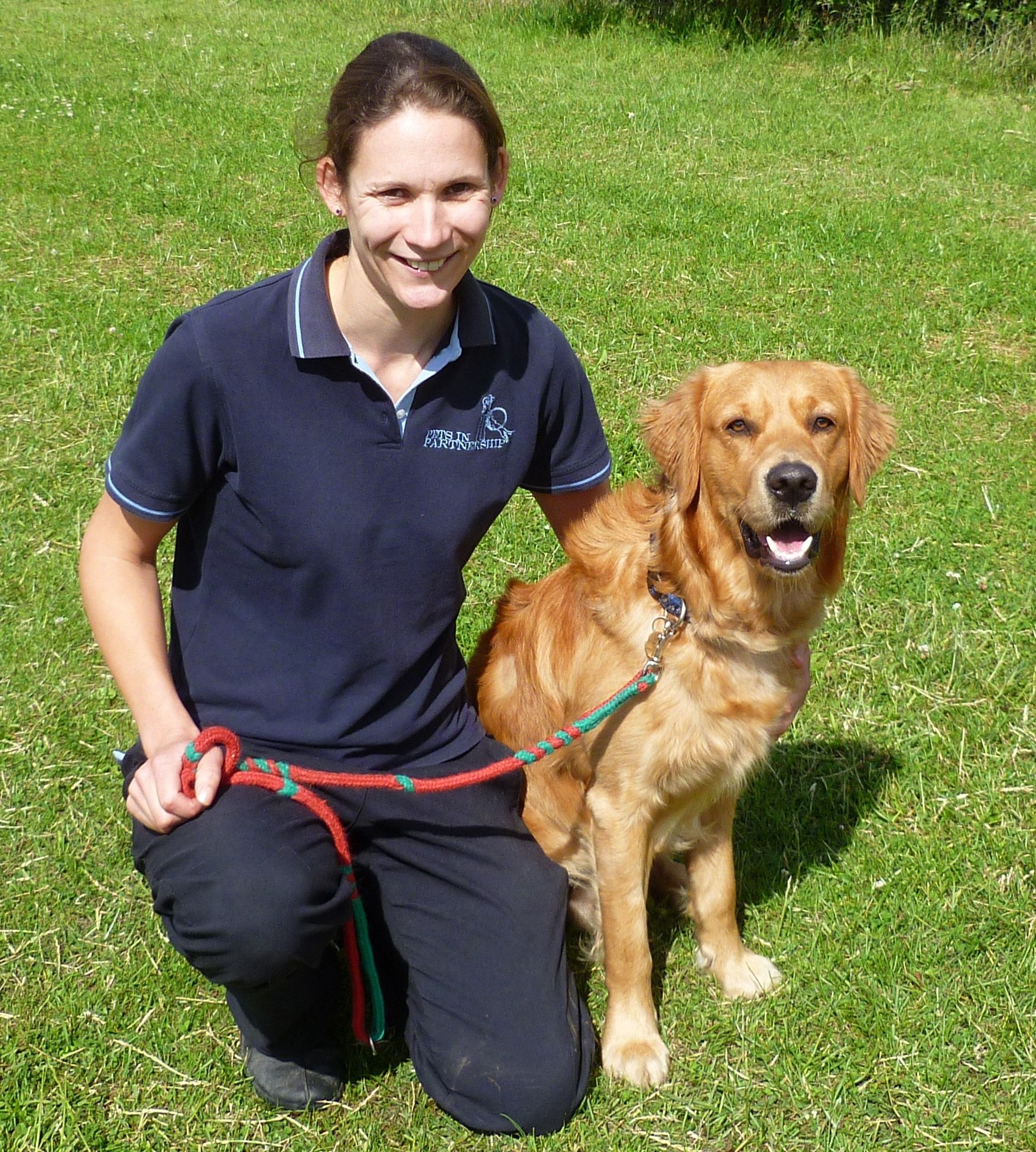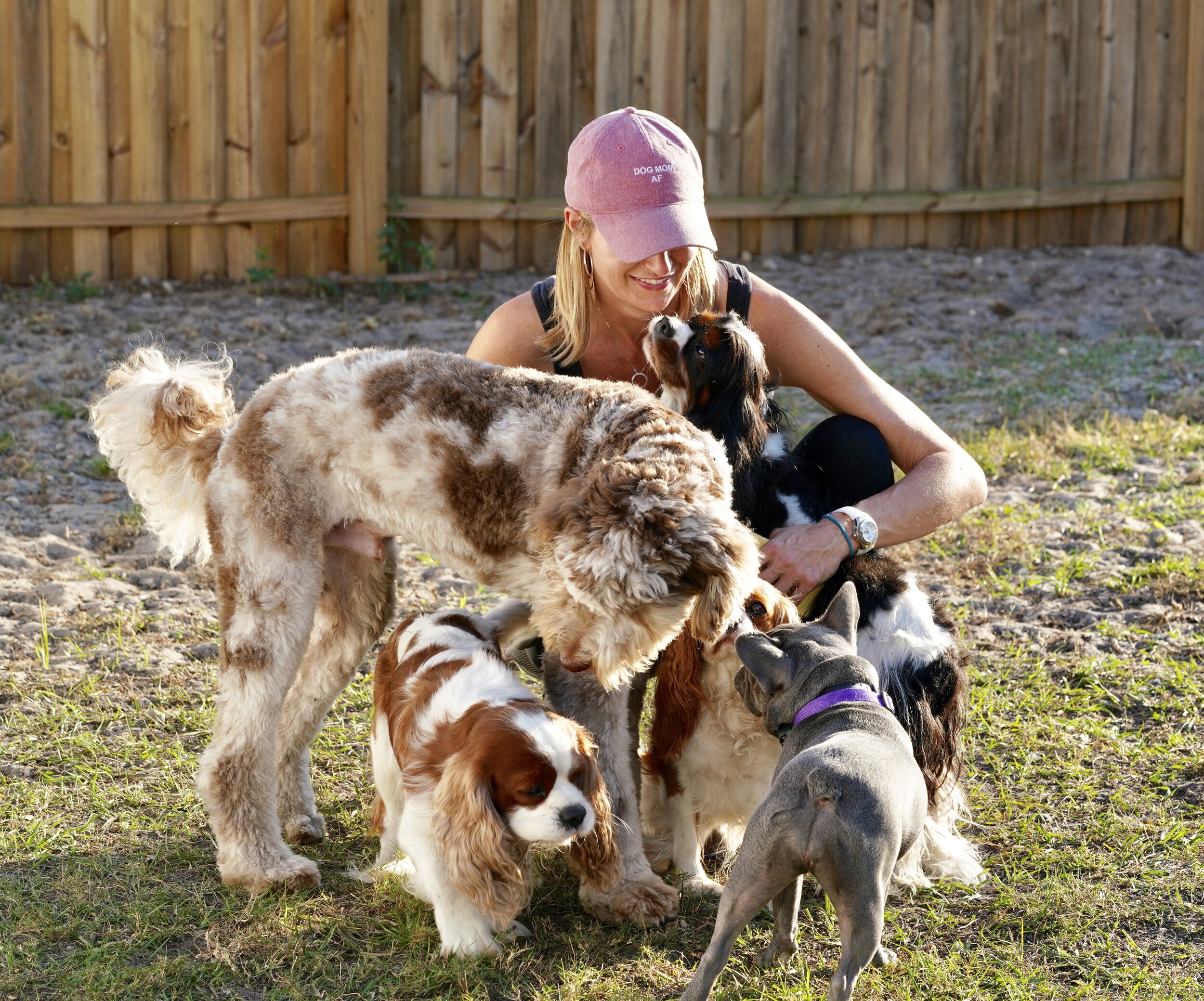Essential Pet Training Tips for Raising a Mannerly Buddy
Effective pet training is fundamental to establishing a unified and mannerly companion. Essential strategies such as early socialization, the facility of regular commands, and the application of positive reinforcement can substantially affect a pet dog's actions and overall disposition. Comprehending canine behavior is important for customizing training methods that reverberate with specific dogs. By promoting a participating environment amongst family participants and sticking to a structured routine, proprietors can enhance their training efforts. Yet, the complexities of these techniques value even more expedition to fully appreciate their influence on promoting a well-adjusted canine buddy.
Recognizing Dog Actions

Additionally, socializing plays a vital duty fit a canine's behavior. Exposure to numerous atmospheres, people, and various other animals assists canines develop self-confidence and decreases the probability of fear-based reactions. Early socialization is specifically essential, as experiences throughout the vital development duration significantly affect a canine's long-lasting actions.
In addition, comprehending the principles of discovering theory-- such as favorable support, unfavorable support, and punishment-- can boost training efficiency. Pets are more most likely to duplicate behaviors that yield favorable outcomes. For that reason, utilizing consistent, reward-based training approaches promotes a relying on relationship between the canine and its trainer.

Standard Commands to Teach
Showing fundamental commands is an essential foundation for effective pet dog training and interaction. Dog Training For Dogs. These commands not just help establish a clear line of communication in between you and your canine, however they likewise advertise safety and security and good actions in numerous scenarios
Beginning with basic commands such as "Sit," "Keep," "Come," "Down," and "Heel." Each command offers a particular purpose; as an example, "Sit" can assist calm an excited dog, while "Come" is crucial for ensuring your canine returns to you when called.
When introducing a new command, make use of a regular and clear tone. Slowly raise the duration and range as your dog ends up being more proficient.
Consistency is essential; practice regulates everyday to strengthen understanding, and guarantee all family participants use the very same commands to prevent confusion. Remember that perseverance is necessary throughout this process, as different canines might learn at different speeds. Developing these standard commands promotes an unified relationship and establishes the phase for advanced training in the future.
Positive Reinforcement Techniques
Favorable reinforcement strategies are extremely efficient techniques for motivating More Bonuses preferred habits in canines. This training technique entails gratifying your pet for displaying actions you desire to strengthen, thus boosting the probability of those behaviors being repeated. Benefits can take numerous types, including treats, appreciation, or play, and ought to be tailored to what inspires your pet most.
Timing is critical in positive reinforcement. Incentives need to be given promptly after the desired behavior strikes produce a clear organization. For instance, if you desire your pet dog to rest on command, compensate them as quickly as they sit, ensuring they recognize what activity is being enhanced.
Uniformity is an additional crucial part. Dog Training For Dogs. Utilize the very same commands and incentives each time to stay clear of complication. Progressively, you can eliminate deals with for more recurring incentives, such as spoken praise, to maintain the habits without counting on constant outside support
In addition, it is crucial to remain patient and prevent penalty, as negative support can result in fear and anxiety, ultimately hindering training initiatives. By implementing favorable support strategies, you will foster a relying on relationship with your dog, causing a well-behaved buddy.
Socialization and Interaction
Socialization and interaction are basic facets of a pet's growth that complement positive reinforcement strategies. Early direct exposure to varied environments, people, and various other animals is critical for cultivating a well-adjusted animal. This process assists pets establish self-confidence and flexibility, minimizing the probability of behavioral issues such as concern or aggressiveness.
Begin socialization during the vital developmental home window, typically between 3 and fourteen weeks old. Introduce your pup to numerous stimulations, including various noises, sights, and textures. Enroll in young puppy classes or organize supervised playdates with other dogs to urge favorable interactions.
As canines expand, remain to subject them to varied experiences. Activities such as brows through to parks, pet-friendly shops, or community additional info events can boost their social skills and convenience levels in strange settings.
Always keep an eye on interactions to guarantee they are trouble-free and positive. If your pet dog displays indicators of anxiety or hostility, calmly reroute them and enable gradual exposure at a comfortable speed. With consistent socializing and communication, you prepared for a well balanced, well-behaved friend efficient in thriving in varied social scenarios.
Uniformity in Training
Establishing uniformity in training is vital for efficient interaction in between a dog and its proprietor. Pet dogs thrive on clear and regular expectations, which assists them understand what behavior is preferred. A constant approach includes using the very same commands, hand signals, and incentives for particular habits. This harmony decreases confusion, enabling the dog to learn much more effectively.
Uniformity also extends beyond commands; it incorporates the guidelines established within the family. As an example, if a dog is not allowed on the furniture, this policy must be imposed in all times. Mixed signals can bring about behavioral problems, as the dog might become unclear concerning what serves.
Furthermore, all relative must get on the same web page concerning training methods and commands. The pet dog may become distressed and dizzy. if one individual awards a habits while another lectures it.
Verdict
In final thought, implementing important pet training ideas cultivates a mannerly buddy. Inevitably, these methods cultivate a relying on connection in between the pet and its family, advertising an unified living environment and a well-adjusted canine friend.
Necessary strategies such as very early socializing, the establishment of consistent commands, and the execution of positive support can considerably influence a canine's behavior and general disposition. Comprehending canine habits is essential for customizing training techniques that reverberate with specific dogs.Recognizing canine habits is essential for efficient canine training. Pets are a lot more additional hints likely to repeat behaviors that yield favorable results.Favorable reinforcement methods are very effective approaches for encouraging wanted behaviors in canines.